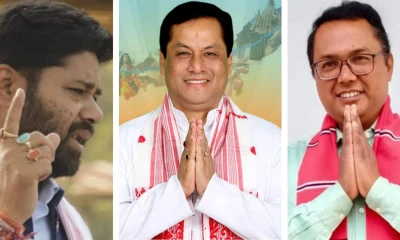Dibrugarh, a significant electoral constituency in Assam, gears up for the forthcoming Lok Sabha elections 2024. Ahead of this crucial political event, let’s have a glance at its candidates, demographics, and historical voting patterns.
According to the 2011 Bharat census, Dibrugarh houses 154,296 inhabitants, with males constituting 54 per cent and females 46 per cent of the population, boasting a sex ratio of 961 females per 1000 males. The linguistic diversity is evident, with Assamese, Bengali, and Hindi being the primary languages spoken, among others.
Dibrugarh flaunts an impressive literacy rate of 89.5 per cent, surpassing the national average. Children under six years constitute 9 per cent of the population, with a girl-to-boy ratio of 940 per 1000. Scheduled for the first phase on April 19, the electoral arena of Dibrugarh witnesses a fierce three-way competition among the Bharatiya Janata Party, Assam Gana Parishad, and Aam Aadmi Party.
The contenders for victory include BJP’s Sarbananda Sonowal, Assam Jatiya Parishad’s Lurinjyoti Gogoi, and Aam Aadmi Party’s Manoj Dhanowar. With 16,50,706 eligible voters, consisting of 8,06,935 males, 8,43,738 females, and 33 third-gender electors, the electoral landscape promises diversity and dynamism.
Comprising 10 Assembly segments, including Moran, Dibrugarh, Lahowal, and Tinsukia, Dibrugarh emerges as a pivotal battleground for the 2024 Lok Sabha election. The newly constituted Chabua-Lahowal Assembly constituency holds substantial weight in the electoral equation.
In the 2019 elections, BJP’s Rameswar Teli secured victory with 66.3 per cent of the votes, commanding a lead of 6,59,583 votes over Congress’ Paban Singh Ghatowar. Notably, the NOTA option was chosen by 21,288 voters, reflecting dissent within the electorate. With Dibrugarh witnessing a fiercely contested battle for parliamentary representation, the stakes are high, and the outcome remains uncertain.

















